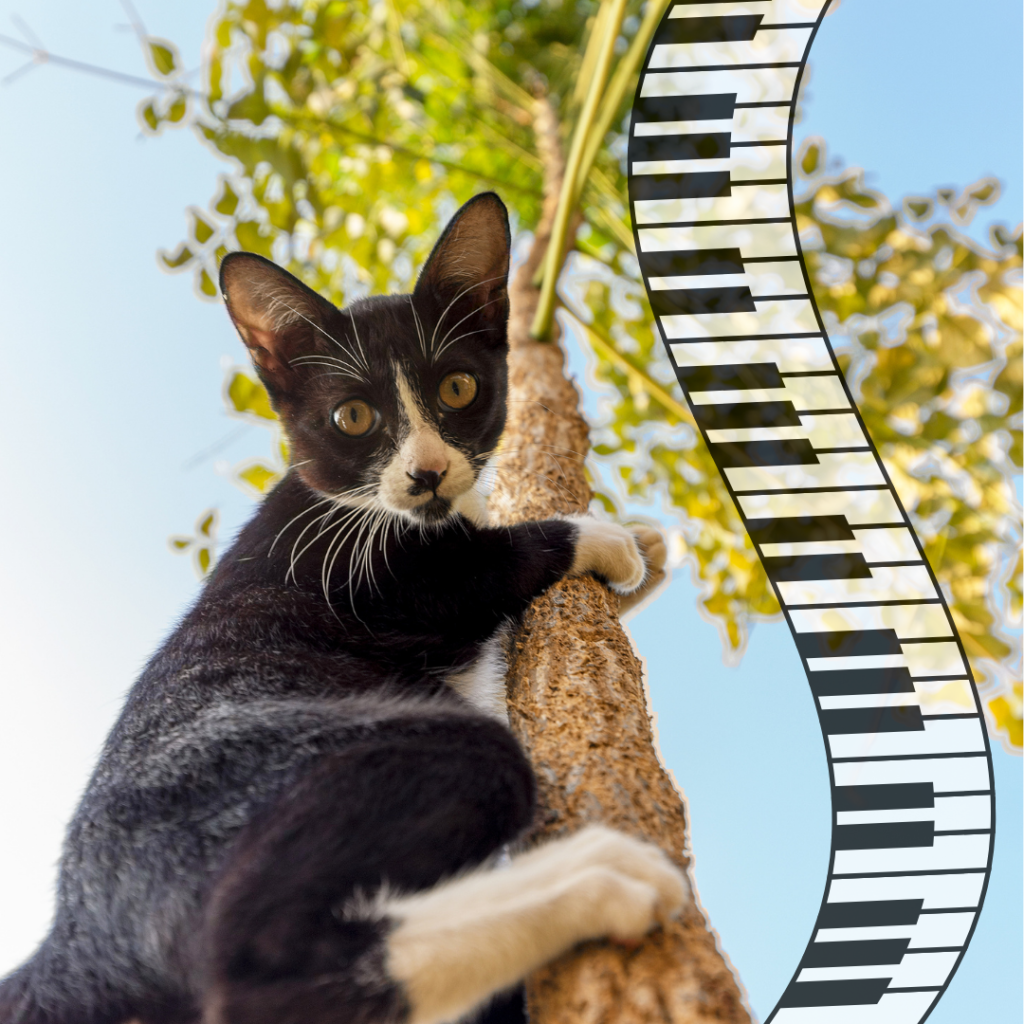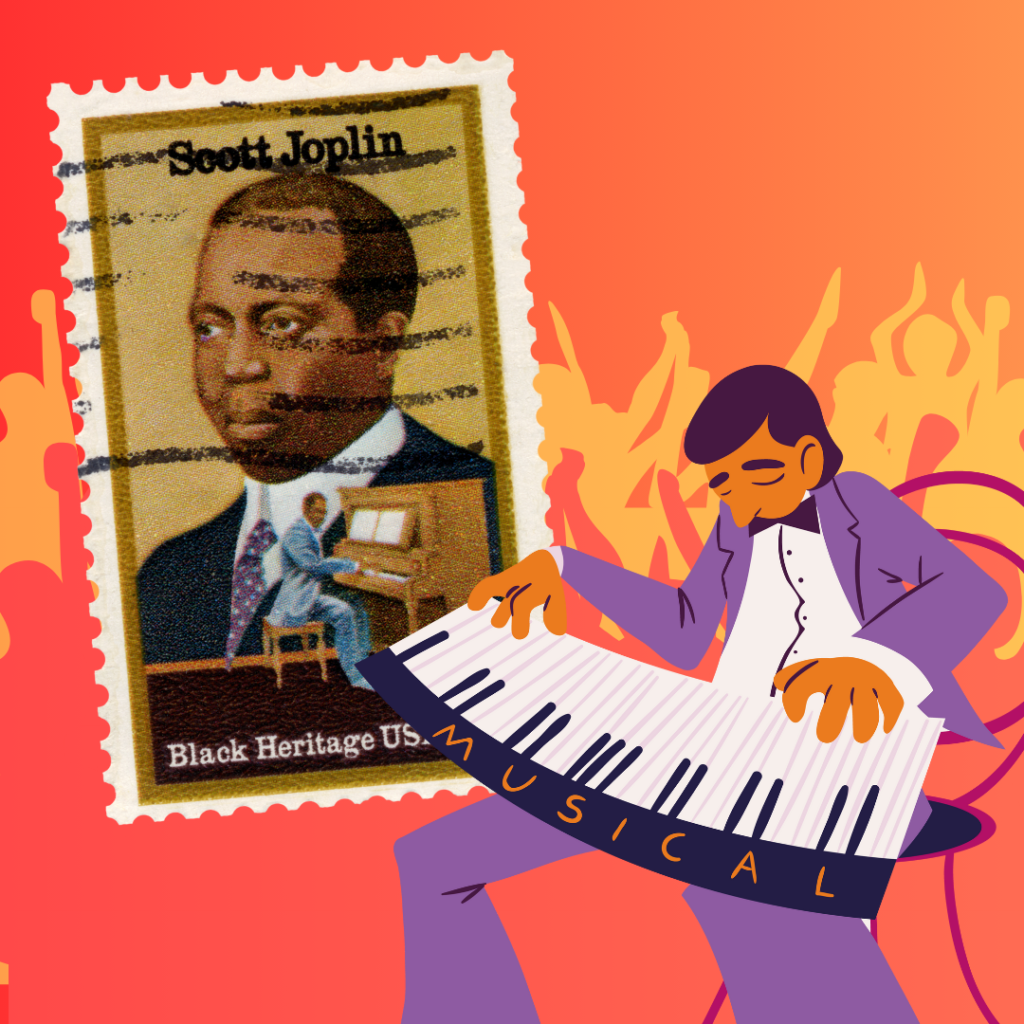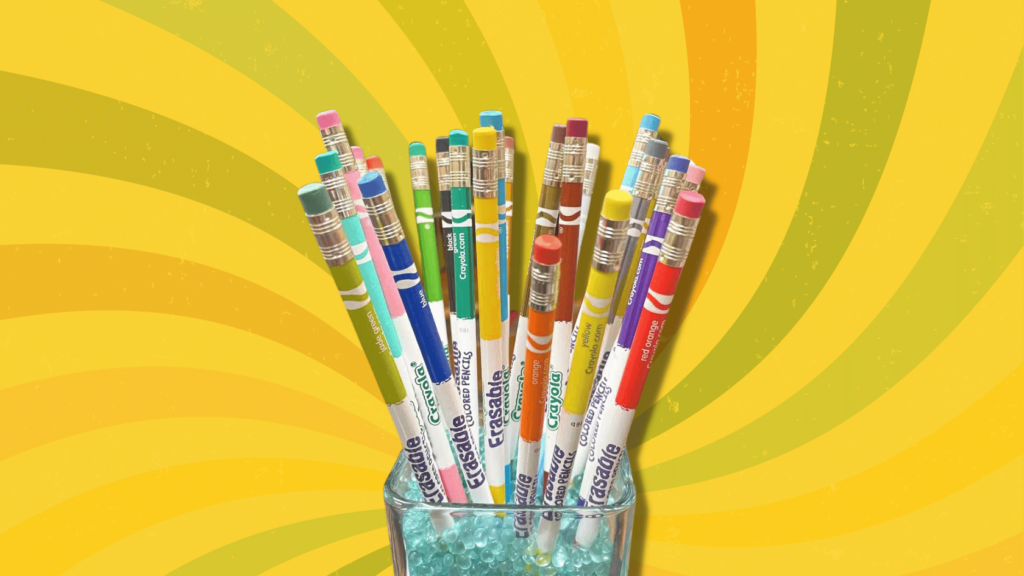When we think of piano lessons, images of scales, metronomes, and sheet music often come to mind. But what if I told you that storytelling could be the secret ingredient to transforming these lessons into something magical? Yes, the same storytelling that captivates children around a campfire or keeps you hooked on a good book can be a powerful tool in the music studio.
A Tale As Old As Time
Storytelling and music have always been intertwined. Think of the ancient bards who sang epic tales of heroes and gods or the way folk songs taught history and culture long before books were common. Even classical composers, like Beethoven and Chopin, often used musical narratives to convey deep emotions and stories without a single word being spoken.

Take, for example, Beethoven’s Pastoral Symphony, which paints a vivid picture of the countryside. The music tells a story of a peaceful village, a thunderstorm, and the joyous celebration that follows. By understanding the narrative behind the music, students can better grasp the emotions and dynamics that Beethoven was trying to convey.
Turning Mundane Piano Tasks into Adventures
Now, let’s bring this concept into the piano lesson. Imagine a young student who dreads practicing scales. Instead of presenting scales as a dry, mechanical exercise, why not weave a story around them? Maybe the C Major scale becomes a ladder that a brave little cat must climb to rescue its friend stuck at the top of the tree. Each note is a rung on that ladder, and the student’s job is to help the cat climb up and down safely.

Suddenly, playing scales isn’t just about hitting the correct note and using good technique; it’s about helping a little cat in distress! Simple narratives like this can turn potentially boring tasks into engaging adventures, motivating students to practice more frequently and purposefully.
Bringing Pieces to Life
Storytelling can also bring piano pieces to life. Take a simple piece like The Entertainer by Scott Joplin. Instead of just focusing on playing the right notes, imagine telling a story about a lively street performer in the early 1900s, entertaining crowds with energetic ragtime tunes. As the student plays, they can imagine the bustling scene, the performer’s nimble fingers dancing across the keys, and the delighted audience clapping along.

This approach not only makes the piece more enjoyable to play but also helps students connect emotionally with the music. They’re not just playing notes; they’re conveying a story, creating an experience for themselves and their listeners.
Famous Composers Who Used the Art of Musical Storytelling
Throughout history, great musicians have used storytelling to teach and inspire. For instance, Prokofiev’s Peter and the Wolf is a fantastic example of music paired with narrative. Each character in the story is represented by a different instrument, and the music follows their adventures, making it easier for young listeners to understand and remember. This approach not only entertains but also educates, helping students connect specific sounds and instruments to characters and emotions in the story.

Similarly, Chopin’s Minute Waltz tells the tale of a little dog chasing its tail, a story that can make this challenging piece more relatable for students.
The Magic of Music and Story
Incorporating storytelling into piano lessons isn’t just a fun gimmick; it’s a way to deepen understanding and foster a love for music. Stories give context to the music, making abstract concepts like dynamics, phrasing, and emotion more tangible and memorable. They transform learning into an imaginative journey, where every scale, piece, and practice session becomes part of a larger, exciting narrative.
So, the next time you sit down to teach or learn a piano piece, remember the power of storytelling. Who knows? You might just find yourself caught up in the tale, with your fingers leading the way!

A passionate music educator, presenter, and author, Davis spends his days empowering music students through creative teaching and music education resources. He is a frequent presenter at conferences and workshops across the nation and is co-author of the Easy Piano Lead Sheets and Chord Charts series. He currently lives in Cincinnati, Ohio.



